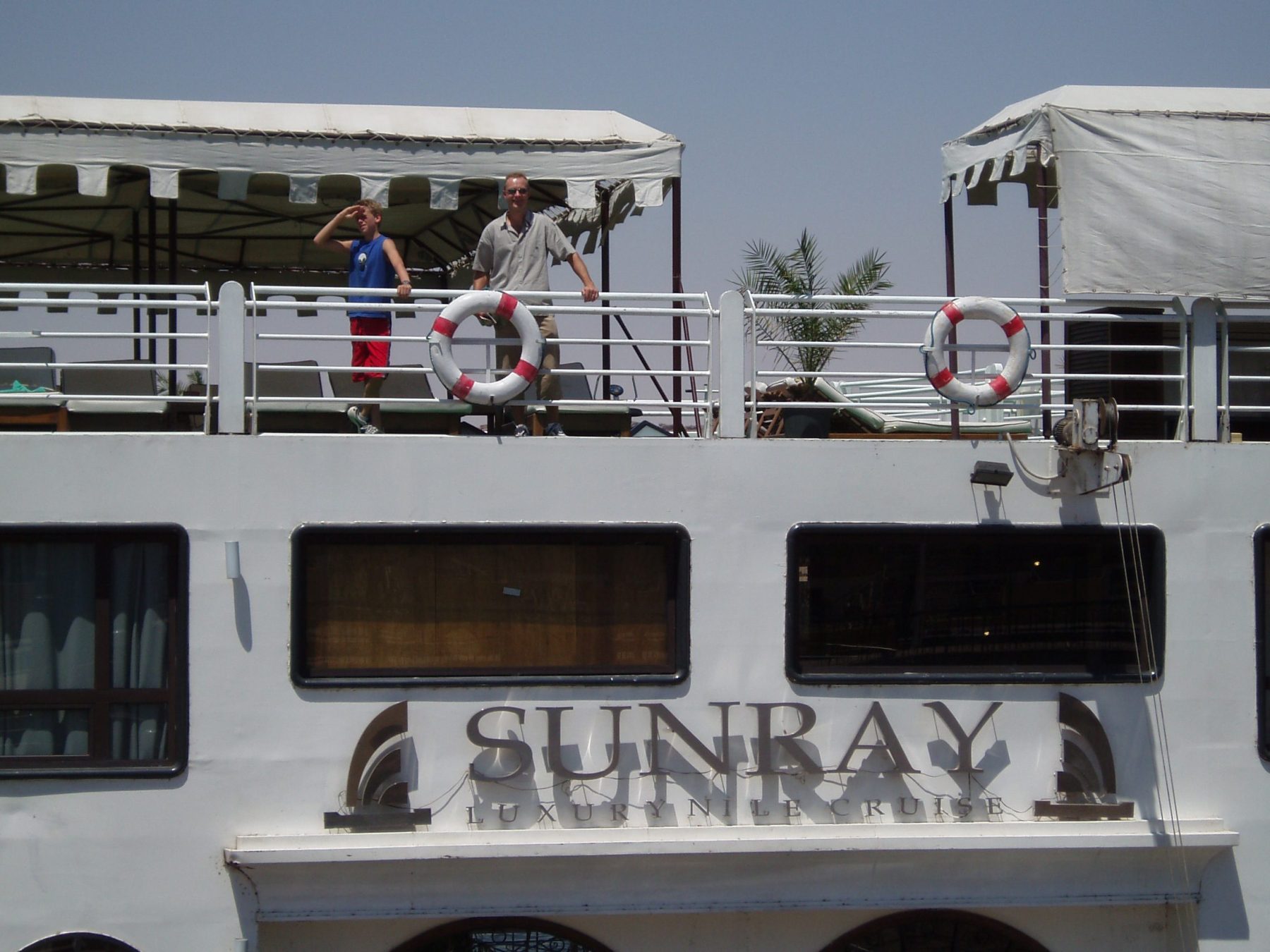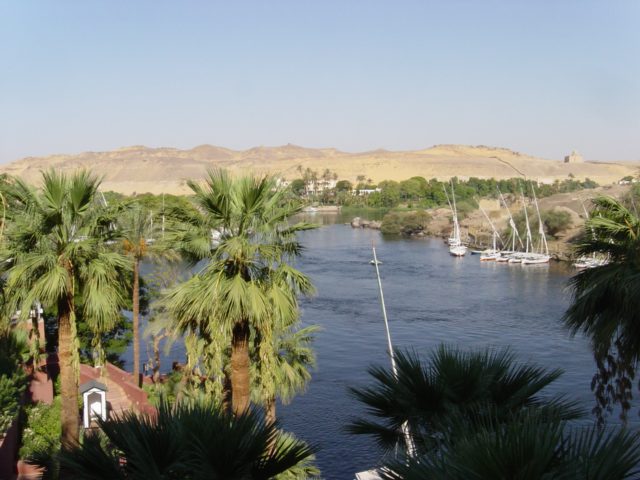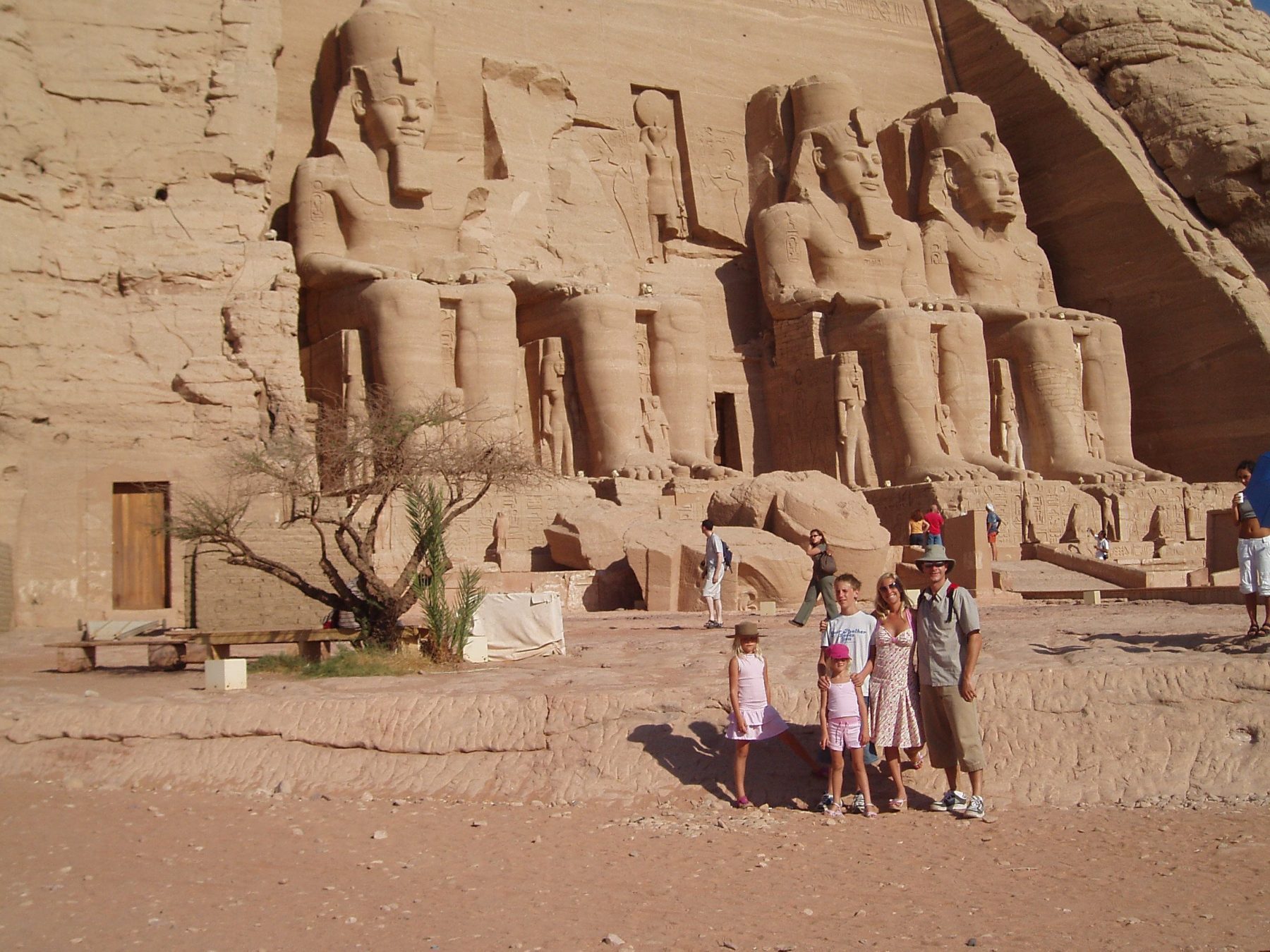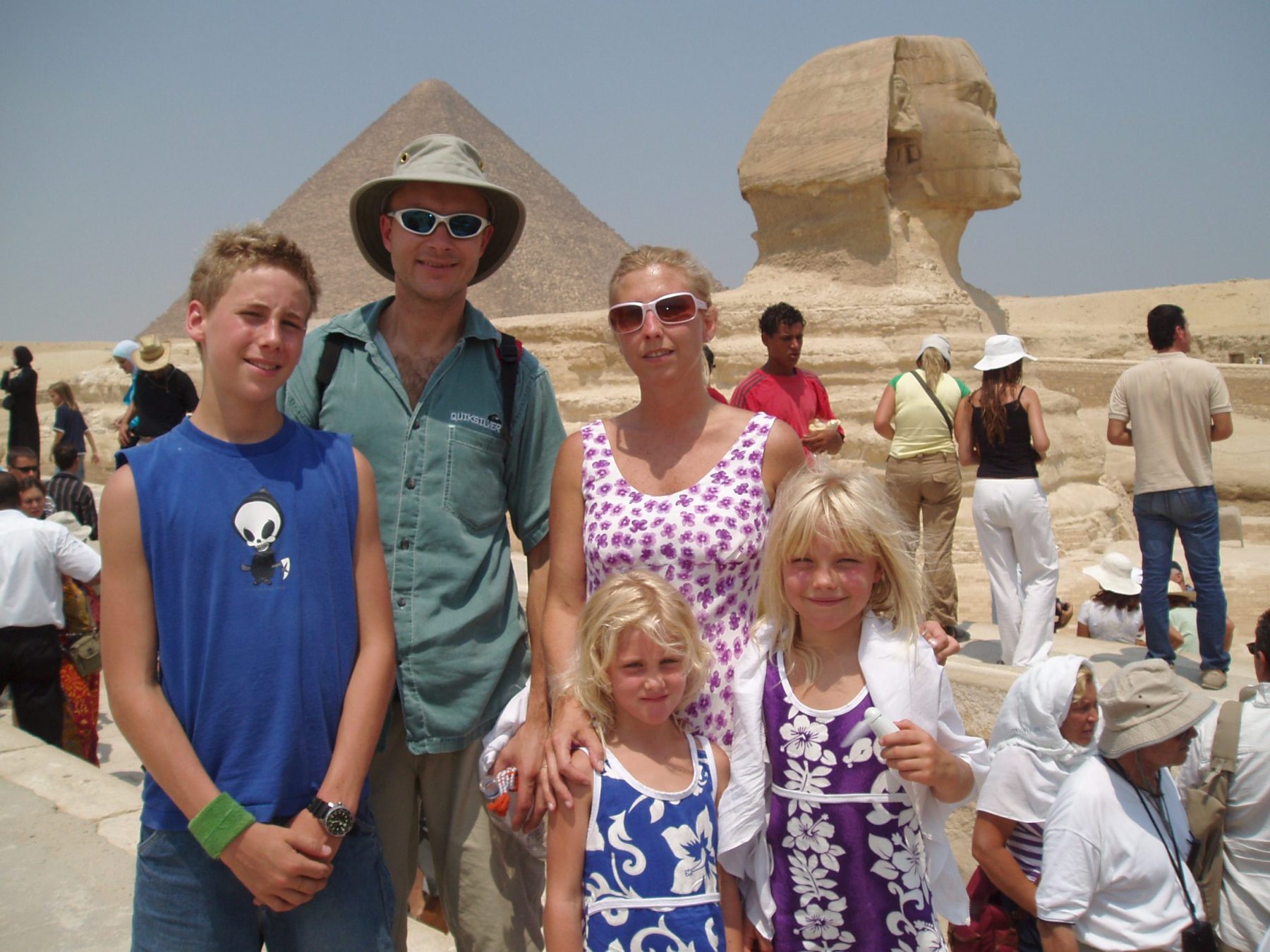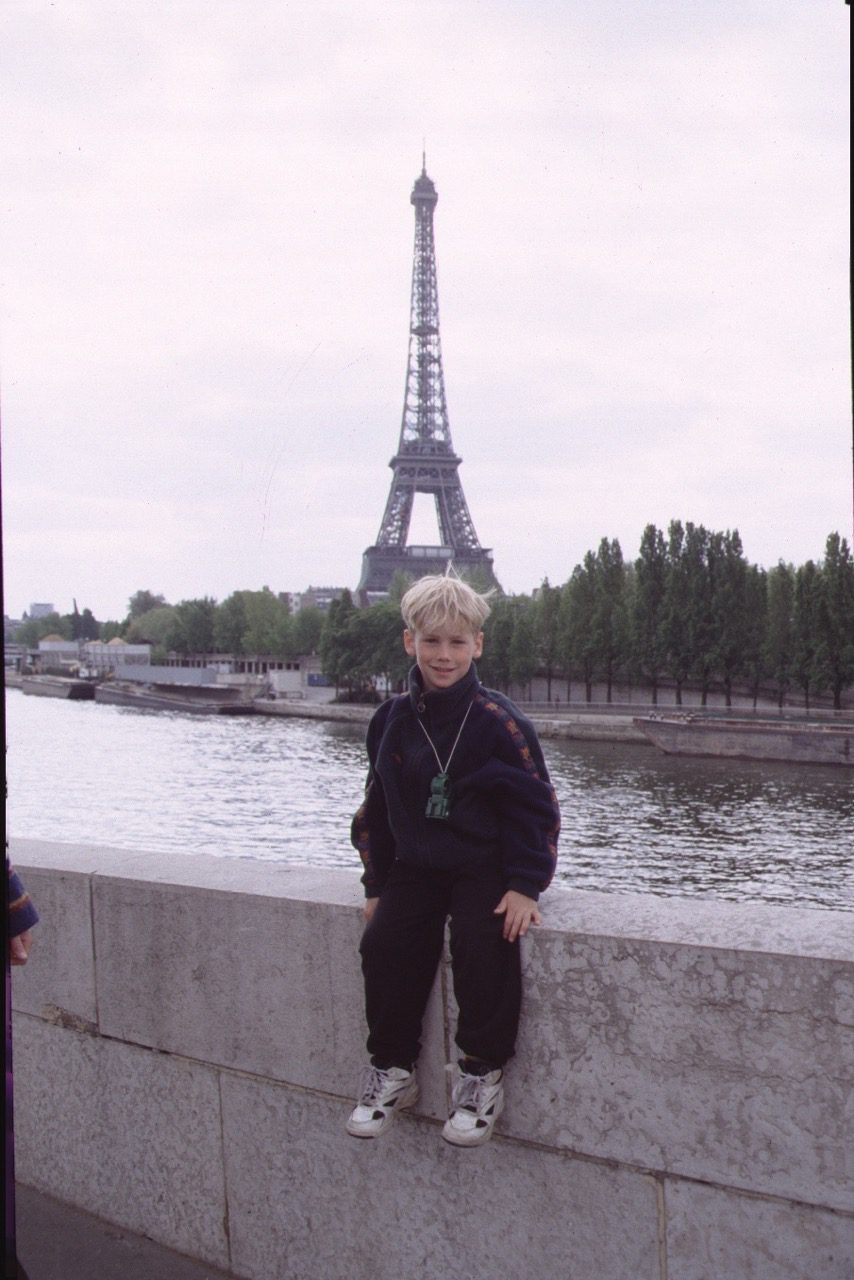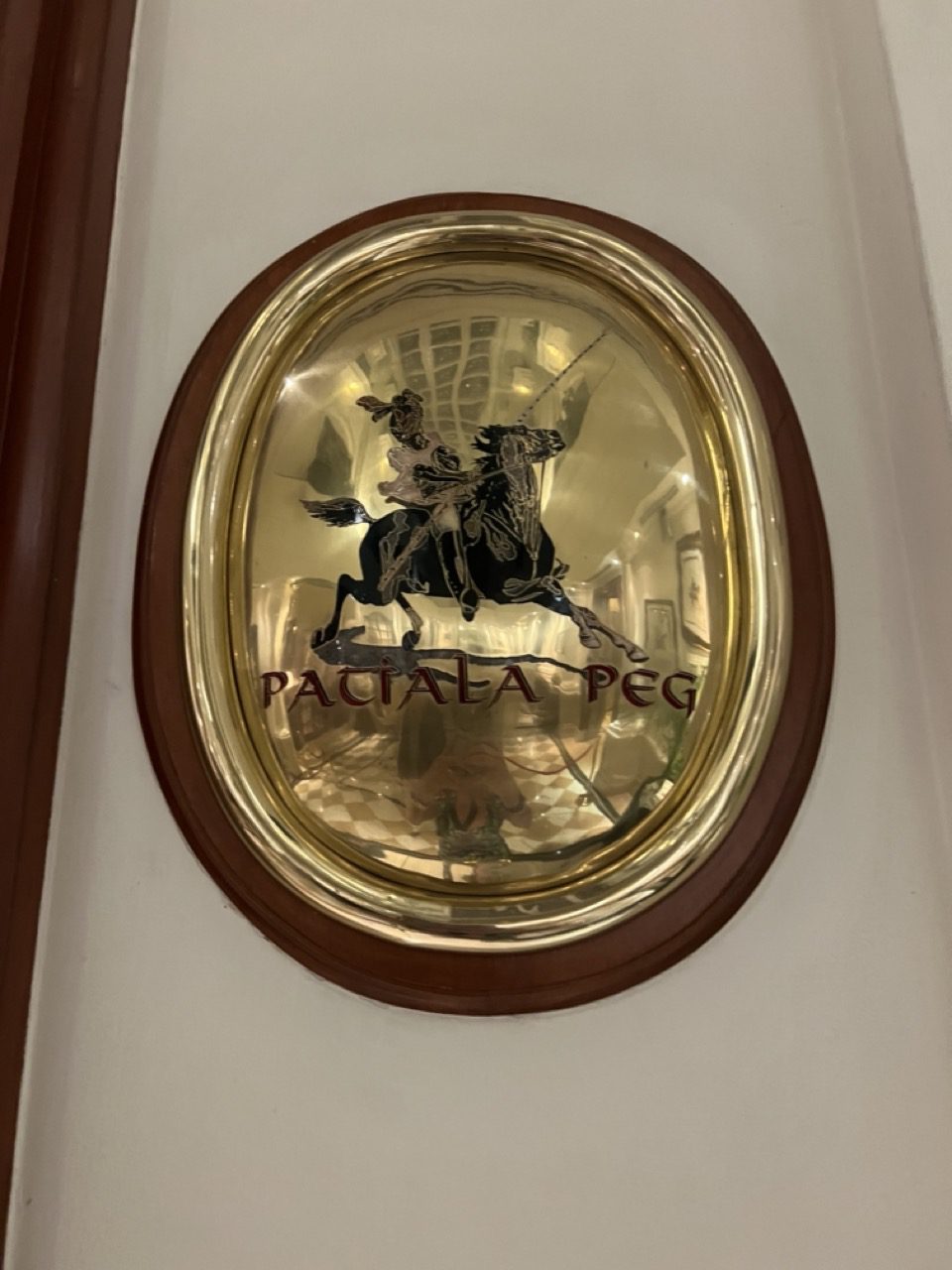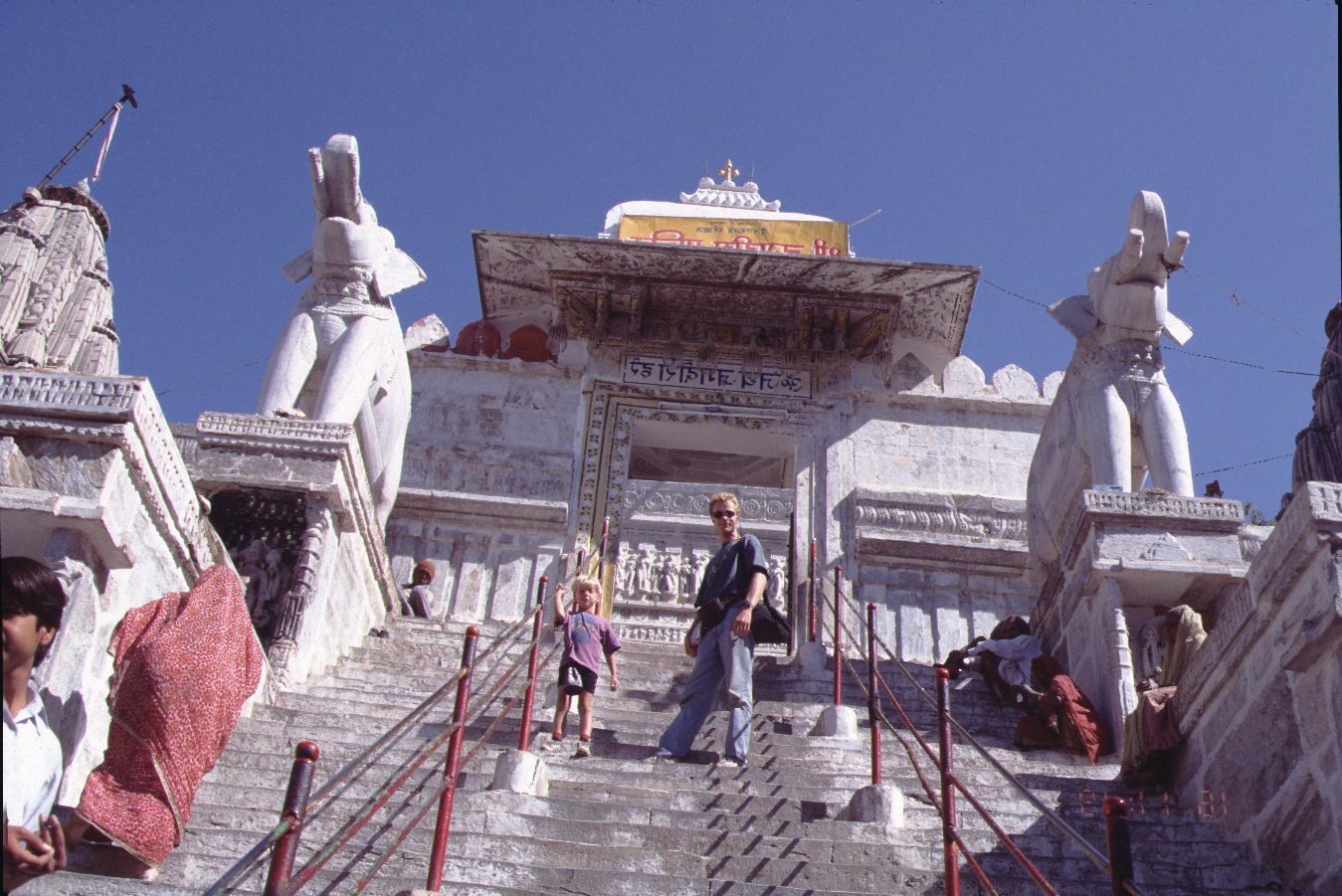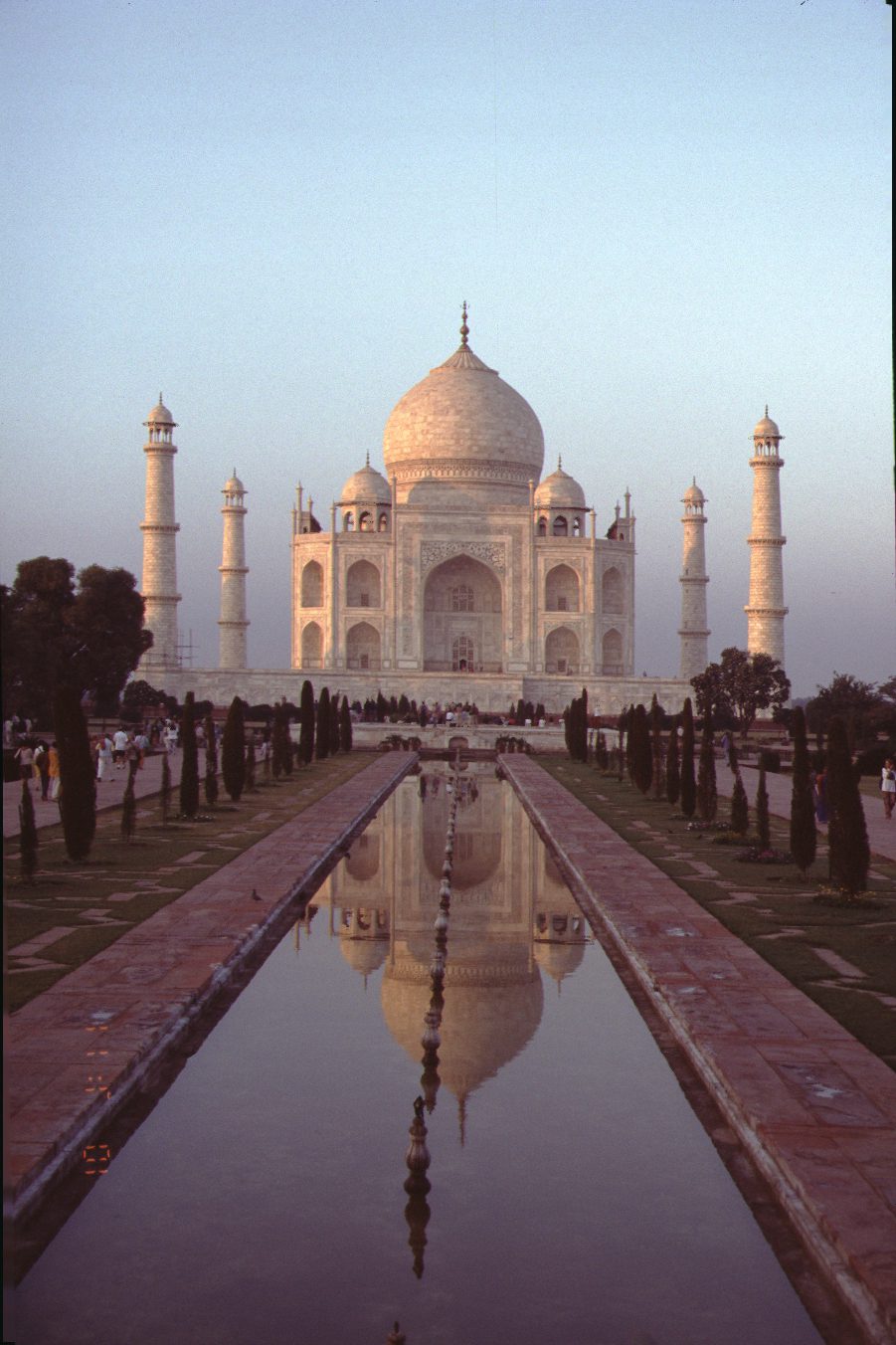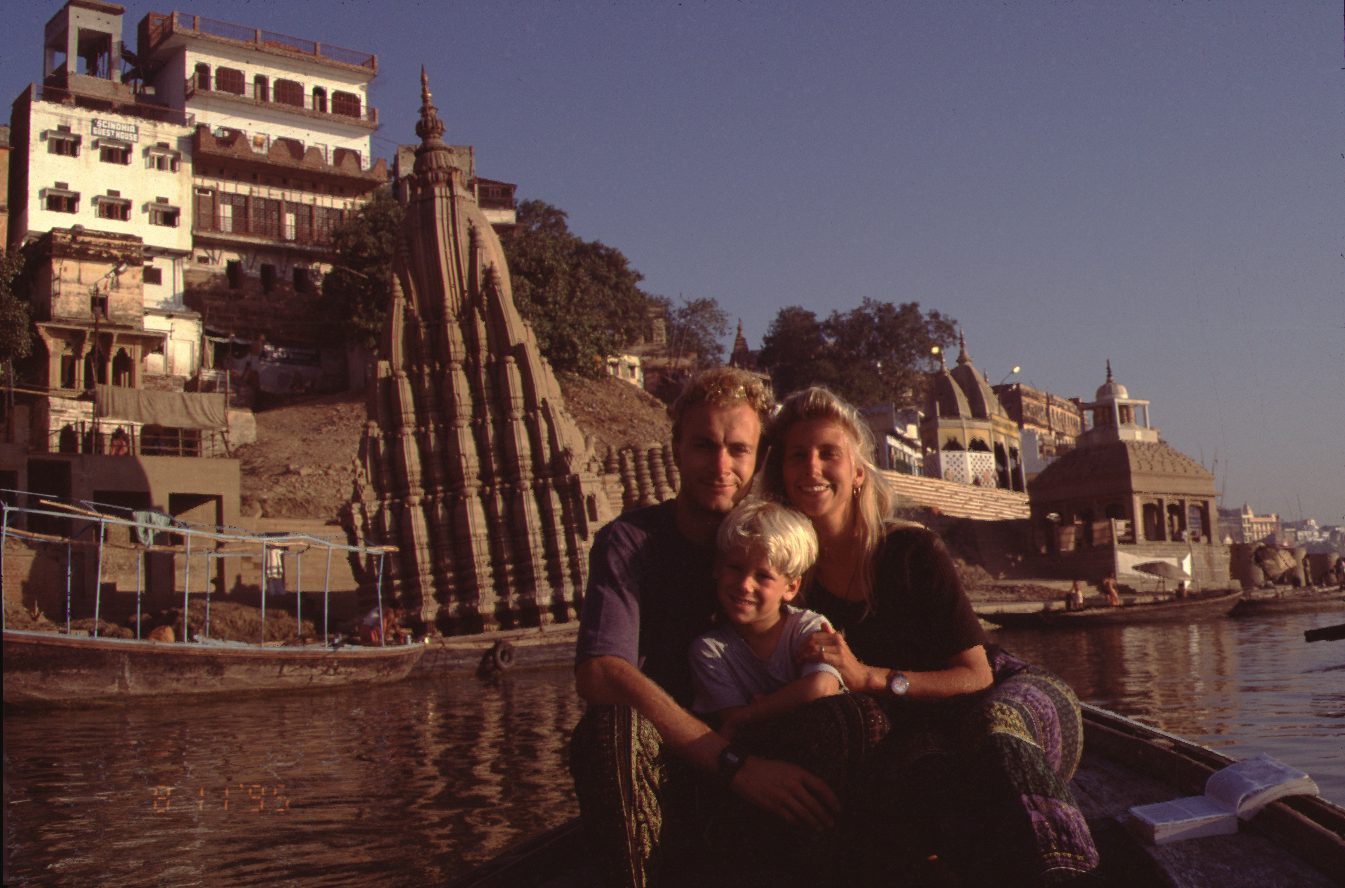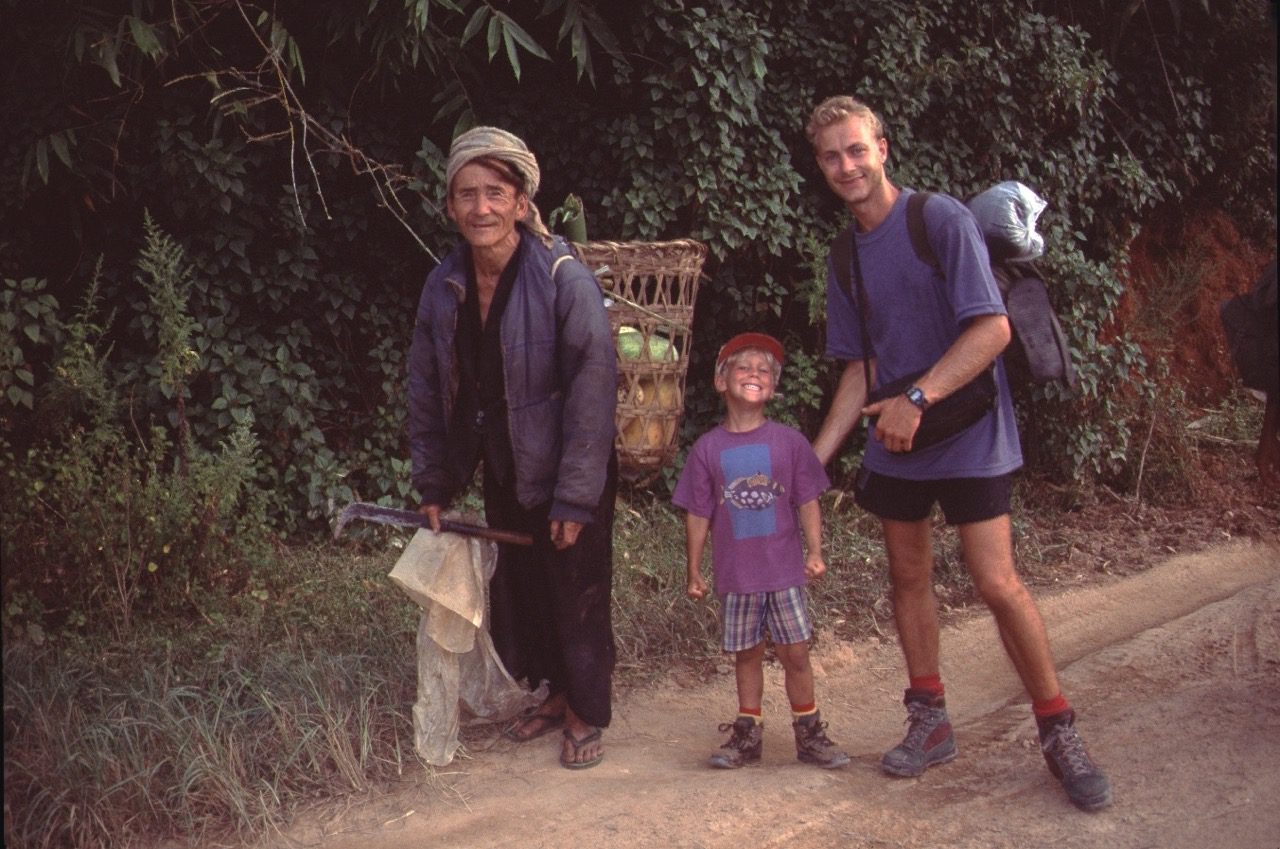Egypt: Cruise on the Nile: SUNRAY
We explored the scenic valley of the River Nile on a cruise from Aswan to Luxor stopping off to visit the pristine temples of Kom Ombo and Edfu, marvelled at the Valley of the Kings, Temple of Karnak and enjoyed the scenic desert and oasis views from this luxury 5-star cruise boat for an absolute bargain!

